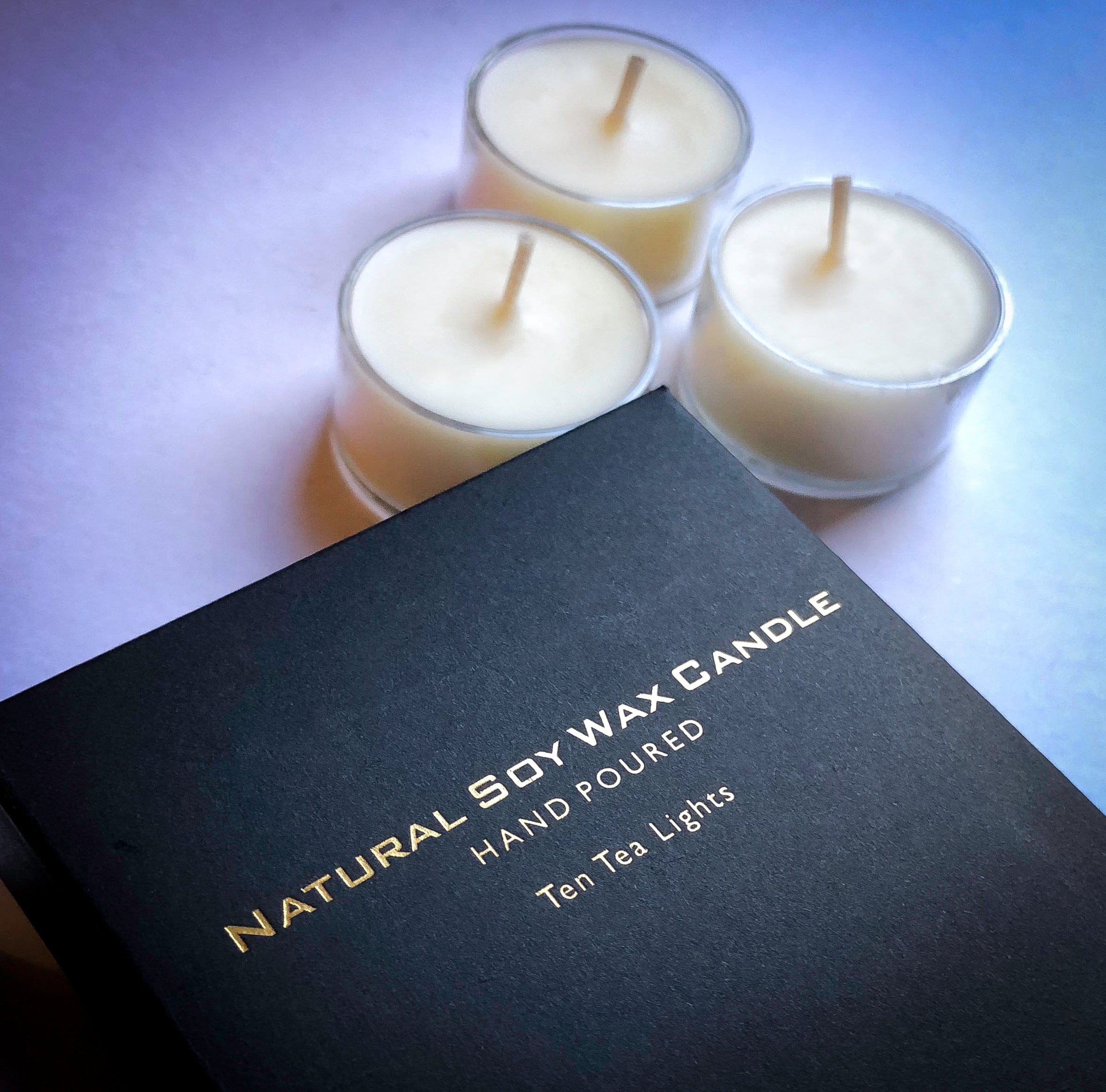Enhance Your Living Room with Lavish Soy Candles and Home Fragrance
Enhance Your Living Room with Lavish Soy Candles and Home Fragrance
Blog Article
From Wick to Wax: Understanding the Chemistry Behind Soy Wax Candles and Their Ecological Influence
As we illuminate our spaces with the cozy glow of candle lights, there lies a realm of elaborate chemistry behind the relatively simple act of lighting a soy wax candle. The option in between soy and paraffin wax extends beyond plain looks, diving right into the realm of ecological influence and the really structure of the products. Understanding the molecular framework of soy wax and its burning procedure sheds light on the discharges released into our environments. Join us as we untangle the scientific details behind soy wax candles and discover their effects on our atmosphere.
Soy Wax Vs. Paraffin Wax
When comparing soy wax and paraffin wax for candle light making, it is important to recognize the unique attributes and advantages of each product. Soy wax is a natural, renewable energy originated from soybean oil, making it eco-friendly and eco-friendly - candles. On the other hand, paraffin wax is a by-product of petroleum refining, which increases issues concerning its ecological influence and sustainability
Soy wax candle lights burn cleaner and emit less soot compared to paraffin wax candles, making them a much healthier selection for interior air top quality. Additionally, soy wax has a lower melting point, enabling a longer-lasting candle light that disperses fragrance better. Paraffin wax, on the various other hand, has a tendency to shed faster and less cleanly, possibly releasing dangerous chemicals right into the air.
From a sustainability point of view, soy wax is preferred for its biodegradability and sustainable sourcing, straightening with the expanding customer choice for ecologically aware items. While paraffin wax has actually been a traditional choice in candle light making as a result of its price and ease of usage, the change in the direction of eco-friendly alternatives like soy wax is obtaining energy in the market.
Chemical Composition of Soy Wax

Burning Refine in Soy Candles
The chemical make-up of soy wax straight affects the burning procedure in soy candles, affecting elements such as burn time, aroma launch, and ecological effect. When a soy candle is lit, the warmth from the fire thaws the wax near the wick. This liquid wax is then prepared the wick due to capillary action. As the fluid wax gets to the flame, it evaporates and goes through combustion. The burning procedure involves the vaporized hydrocarbons in the wax reacting with oxygen airborne to produce heat, light, water vapor, and co2.
The combustion performance of soy candles is affected by the purity of the soy wax and the quality of the wick. A clean-burning soy candle light with an effectively sized wick will certainly lessen and create a constant flame residue formation. This not only expands the burn time of the candle yet also improves the launch of scents. Additionally, soy wax candles have a lower ecological effect compared to paraffin candle lights due to their biodegradable and sustainable nature.

Environmental Advantages of Soy Wax

Considered a lasting alternative to conventional paraffin wax, soy wax provides remarkable ecological advantages that make it a preferred selection amongst eco-conscious consumers. One significant advantage of soy wax is its sustainable sourcing. Soy wax is stemmed from soybean oil, which is primarily grown in the USA. The cultivation of soybeans helps support neighborhood farmers and reduces the reliance on non-renewable nonrenewable fuel sources used in paraffin wax manufacturing. In addition, soy wax is eco-friendly, suggesting it damages down naturally without releasing hazardous toxins right into the atmosphere. This characteristic makes soy wax candle lights a much more ecologically friendly alternative contrasted to paraffin wax candle lights, which are made from oil, a non-renewable source. Moreover, soy wax burns cleaner and generates less residue than paraffin wax, adding to much better interior air high quality and minimizing the need for cleaning and news upkeep. In general, the ecological benefits of soy wax straighten with the growing need for environmentally friendly and lasting items out there.
Recycling and Disposal Considerations
Reusing and proper disposal of soy wax candles play a crucial duty in maintaining environmental sustainability and decreasing waste in families and neighborhoods. When it comes to reusing soy wax candle lights, the very first action is to make sure that the candle light has burned completely.

In terms of disposal, if recycling is not an option, soy wax candle lights are biodegradable and can be safely dealt with in many family waste systems. It is constantly advised to check with neighborhood recycling facilities or waste monitoring services for specific standards on candle disposal to make certain proper handling and ecological security.
Conclusion
In verdict, the chemistry behind soy wax candle lights reveals their ecological advantages over paraffin wax candles. Soy wax, acquired from soybean oil, burns cleaner and produces less residue when compared to paraffin wax.
When comparing soy wax and paraffin wax for candle light production, it is important to recognize the distinct attributes and advantages of each product (soy wax candles).Soy wax candle lights burn cleaner and emit less residue contrasted to paraffin wax candles, making them a healthier option for interior air quality.Thought about a lasting choice to traditional paraffin wax, soy wax uses significant ecological advantages that make it a company website prominent option amongst eco-conscious customers. Soy wax burns cleaner and generates much less residue than paraffin wax, adding to far better interior air quality and decreasing the requirement for cleaning and upkeep.In verdict, the chemistry behind soy wax candle lights reveals their environmental benefits over paraffin wax candles
Report this page